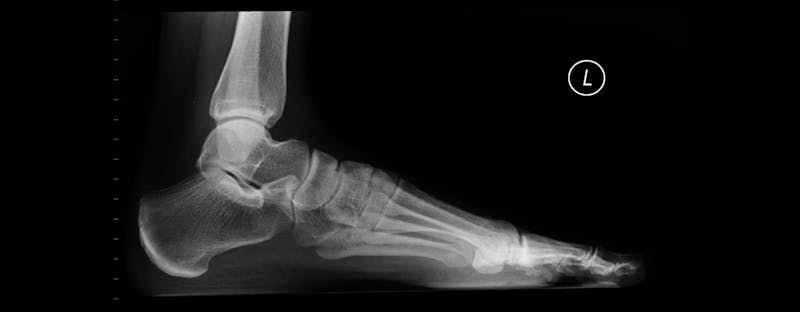Schedule a Consultation
Contact Us


If you have flat fleet, you are not alone. Flat feet are defined by flattened foot arches that cause your soles to entirely touch the floor when you are standing. This podiatric condition is very common and often painless, which is why patients often avoid discussing the issue with their doctor. However, any pain or swelling in your feet should be reported to an experienced foot doctor.
What are the symptoms of flat feet?
The chief symptom of flat feet is foot pain, particularly along the insole of your foot. Flat foot pain can also appear in other lower extremities such as your claves, ankles, and especially your knees. Pain that suddenly stops once you sit down is another sign of flat foot arches.
What causes flat feet?
A person’s feet first form an arch in early childhood. (This is why you should not be alarmed if your child’s feet are flat.) Sometimes, though, arches do not fully develop. Flat feet can also develop in adulthood as a result of worn tendons, especially if you’ve engaged in athletic activities without the proper foot support. Traumatic foot injuries and obesity are other causes of flat feet, since these two issues put more pressure on foot arches than they were designed to handle.
How are flat feet treated?
Treatment for flat feet typically focuses on reducing your pain levels rather than fixing the arches. Sometimes, a more supportive shoe is all it takes to relieve flat foot symptoms. The next lines of defense against flat foot pain are orthotic devices, also known as arch supports. These supports are typically custom-designed to match the contours of your foot, thus reducing the amount of pressure your soles and arches receive with each step. In cases of extreme flat foot pain, pain medication can be an option. In more extreme cases, surgery to restore the arches may be utilized.
How can I prevent pain from flat feet?
Choose forms of exercise that are low-impact, such as bicycle riding and swimming. Start keeping a journal of your symptoms so you can track which activities seem to trigger your pain and report them to your foot doctor. Before any physical exertion, stretch your feet and ankles beforehand.